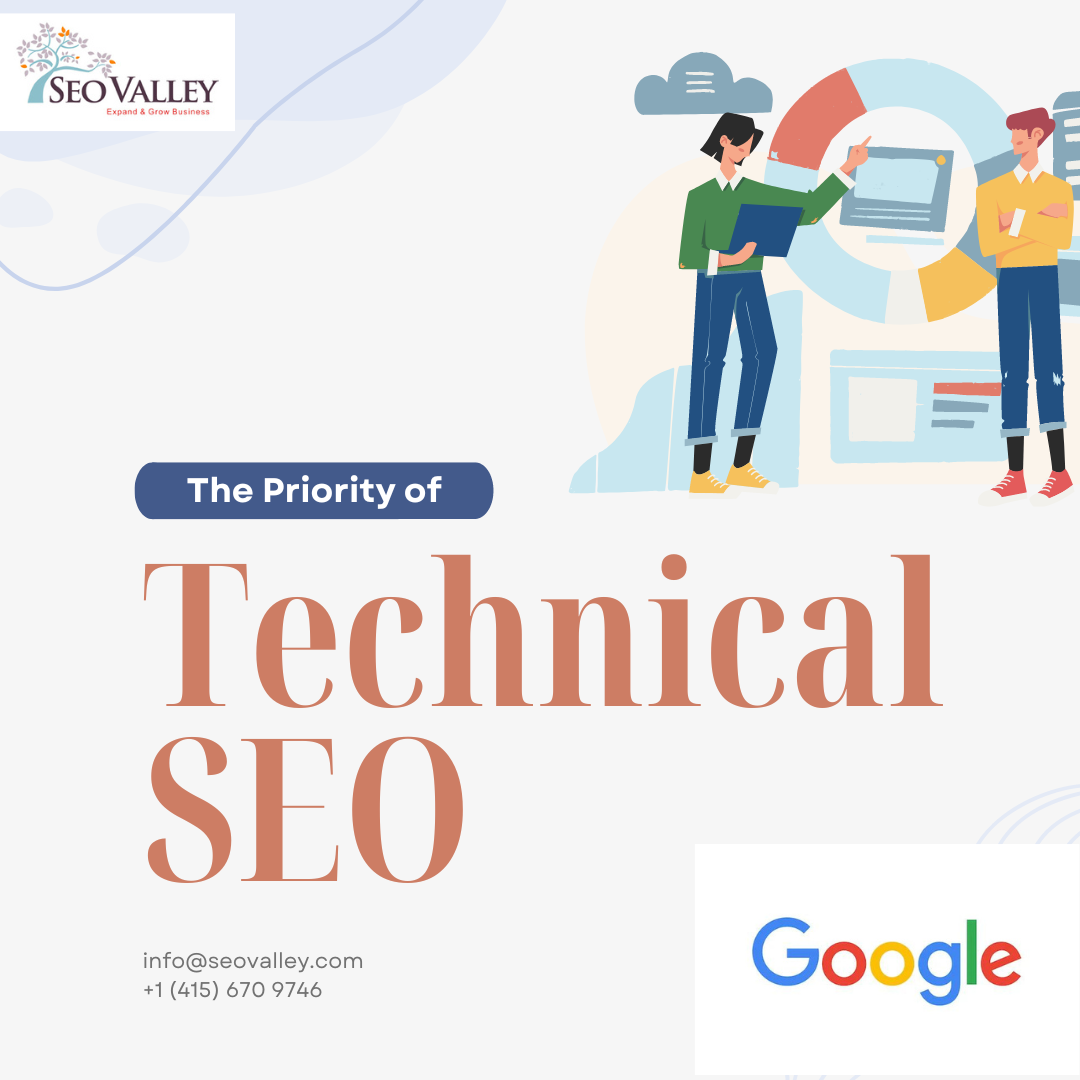Keeping your site updated is one of the things you must never forget or take for granted. Having the right SEO strategy and a high ranking in search results is pointless without an attractive and usable website. In fact, your website loses points in terms of usability and attractiveness if it is not mobile-friendly, does not load properly on different browsers, and is outdated. If your site has been sporting the same look and feel for many years now, then it is time to have it redesigned.

Are you thinking of having your website redesigned? Make sure that the new design does not compromise its existing SEO. This is especially important if you have invested a lot of time and money in an effective SEO campaign. Take a look at these five site redesign tactics that can help you execute a new website design without losing SEO value.
Redesign tactic #1: Rethink your SEO tactics.
This is the perfect time to examine and evaluate your existing SEO strategy and determine (1) which landing pages and keywords have the highest value and (2) which ones are not delivering the best results. This allows you to prioritize the best pages when you redesign your website.
During this process, you may come across well-ranking keywords that somehow perform badly at generating traffic. Consider removing these keywords from your SEO campaign after the redesign. This can be a good opportunity to refine other good keywords that actually deliver high-quality traffic to your website. During evaluation, you may find that some landing pages are unable to keep visitors, failing to convert them into sales or leads. This is the perfect chance to address issues concerning conversion and page level engagement issues. Evaluating your SEO and addressing site issues can help you come up with a better SEO campaign after redesigning your website.
Redesign tactic #2: Retain existing URL structure or implement 301 redirects
Retaining the same URL structure is ideal when redesigning your site, but it will not always be practical if:
(1) You are moving to a new platform that requires a completely different URL structure
(2) You reorganized your content, causing some changes to the structure of the URL
If you absolutely need to change URL structure, consider implementing a page level 301 redirect. This will redirect your former URL to your new one, essentially letting you keep your rankings as search engines are ‘guided’ from the old URL to the new one. A 301 redirect can preserve internal and inbound links, both of which are crucial for retaining search engine rankings.
Maintaining a positive user experience is as important as maintaining good rankings. By preserving internal links and inbound links, 301 redirects will prevent your visitors from seeing the ‘404 Not Found’ error message when they access your website through an inbound or internal ink that points to a non-existent URL.
Redesign tactic #3: Retain your on-page optimization.
Start by making sure that the keywords you changed are already in their appropriate pages. From there, you can review each description tag and title and make sure that they are unique for every page. Include the target keyword or keywords for that page and describe the content they are related to.
Remember to review the URLs of the site and make sure that they are optimized for every page, too. Likewise, see if there are any broken internal links and review anchor text to guarantee that it is consistent with keyword changes.
Redesign tactic #4: Create XML and HTML sitemaps.
HTML and XML sitemaps enable search engines to find new content and discover existing content that may have transferred to new URLs. HTML sitemaps can be useful for visitors because they serve as guides to discovering existing and new content. Once you have created an XML sitemap, make sure that it is submitted to major search engines to allow the crawling of moved and new content to commence. This tactic—when used with page level 301 redirect—will guarantee efficient indexing and crawling of moved or new content.
Redesign tactic #5: Monitor, measure, and improve.
When your redesigned website goes live, always monitor your traffic data and rankings to determine if they are improving or getting worse and if they are increasing or decreasing. Likewise, determine if visitor engagement has increased or decreased with your site’s content and if they are converting at a lower or higher rate.
Remember that a site redesign is not over after launching your new and improved site. The results must continuously be monitored, measured, and enhanced over time.
SEOValley™ understands that redesigning your website can be challenging and take a lot of time, so we recommend leaving that to us. Our web designers possess the skills, creativity, and experience in web design and development, so you can trust their expertise in designing your website according to your requirements. SEOValley™ will deliver your project on budget and on time while maintaining your site’s SEO value.





